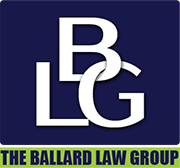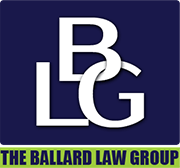A cramdown in Chapter 13 bankruptcy allows you to reduce the principal balance of a debt to the value by which the property is secured. When dealing with mortgages, however, it’s important to note that cramdowns in Chapter 13 bankruptcy do not apply to a person’s primary residence. However, they do apply to mortgages on non-primary residences (such as commercial or investment properties). Please know that cramdown can also apply to other pieces of personal property.
NOTE: Though a cramdown under Chapter 13 does not apply to primary residences, other measures can be taken to reduce the debt on your home. For instance, you can choose to strip the lien on your primary residence’s second mortgage. However, this is only possible if the home’s current market value is at or less than what is owed on the first mortgage.
Terms & Conditions When Cramming Down a Mortgage
Though mortgage cramdowns on non-primary real estate are legally possible, they are not easy to do. The Bankruptcy Code allows a Chapter 13 bankruptcy debtor to modify the rights of secured claimants; meaning, you can reduce the claim of the secured lender to the current market value of the real estate. However, the value of the secured portion of the crammed-down mortgage must be paid within the bankruptcy plan.
In effect, if you are going to cram down a mortgage on a non-primary piece of real estate, you must pay its value within the 60 months of the Chapter 13 plan.
An Example
If the real estate is worth $100,000, but you owe $150,000; the Chapter 13 plan must pay the secured creditor $100,000 during the 60-month plan. This is the first hurdle for most Chapter 13 debtors as they are usually not in a position to pay this kind of money during their plan.
How It Can Be Done
Because this largely depends on a person’s individual situation, those interested in pursuing a cramdown should meet with a bankruptcy attorney to devise a strategy that works best for them.
In general, the practical way to pull off a mortgage cramdown is to have an external funding source, such as a loan, a family member, or a friend. The reason being, the Chapter 13 trustee is not going to allow you to fund payment to the crammed-down creditor with disposable income at the expense of your unsecured creditors.
The other way in which a cramdown may be feasible is if the crammed-down property generates enough income to pay off the debt itself.


